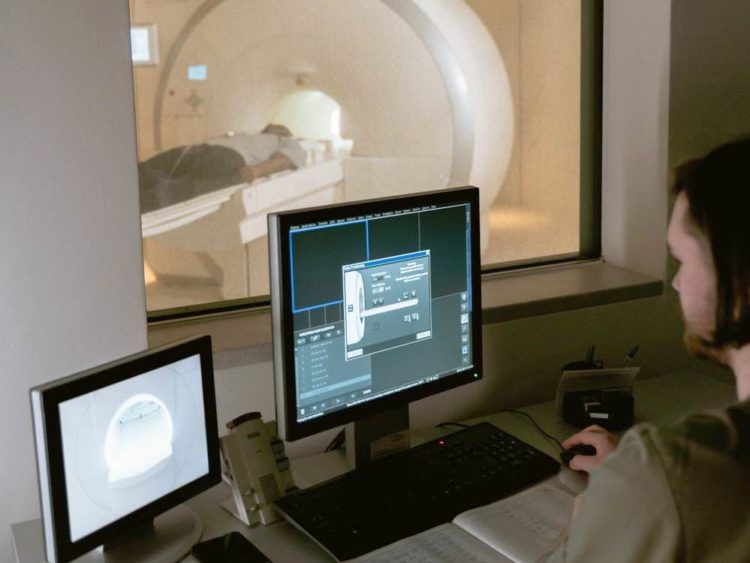Biosensors offer tremendous promise as convenient, easy-to-use, and low-cost solutions to monitor underlying physiological conditions compared to other incumbent diagnostic techniques. This will lead to an increase in applications for biosensors, such as vital signs monitoring, metabolism monitoring, biomarker detection, and disease diagnosis.
Many challenges related to precision, accuracy, and commercialization, and deployment need to be overcome before biosensors can gain widespread adoption in consumer health and wellness, said Lux Research.
Lux’s new report, “Emerging Biosensor Technologies: Landscape and Market Forecast,” outlines recent innovations in biosensor technologies, discusses challenges that stakeholders will need to overcome, and provides an outlook for the technology and business of biosensors.
Lux lists five health conditions that significantly impact daily life for consumers, thereby offering opportunities for businesses to develop consumer-centric solutions for diagnosis, monitoring, and prevention:
- Cardiovascular disease
- Diabetes
- Stress
- Hydration
- Sleep disturbance
Although active and continuous monitoring solutions are available for all five leading health conditions, gaps remain that point to the opportunity to develop innovative solutions. Incumbent testing and diagnostic technologies are often expensive, bulky, and uncomfortable for long-term or on-demand monitoring applications. In contrast, wearable electronics offer biosensing capabilities that are convenient and allow consumers to monitor their health on a continuous basis and derive insights.
“Patients today face enormous financial and psychological burdens because of rapidly rising healthcare costs. The rising prevalence of various health conditions in the population is placing tremendous pressure on already-overburdened healthcare systems,” states Lisheng Gao, Ph.D., Analyst at Lux Research and lead author of the report.
He added that this offers substantial business opportunities, particularly in the area of consumer-centric healthcare technologies.
With a growing population suffering from various health conditions and increasing awareness around the importance of monitoring health conditions, the wearable biosensor device market will proliferate, with favourable regulations and insurance policies further catalysing growth.
Lux forecasts that, by 2030, the total market for biosensor devices for the five health conditions in the EU, APAC, and North America together will be around $25 billion, with a CAGR of 23%.





